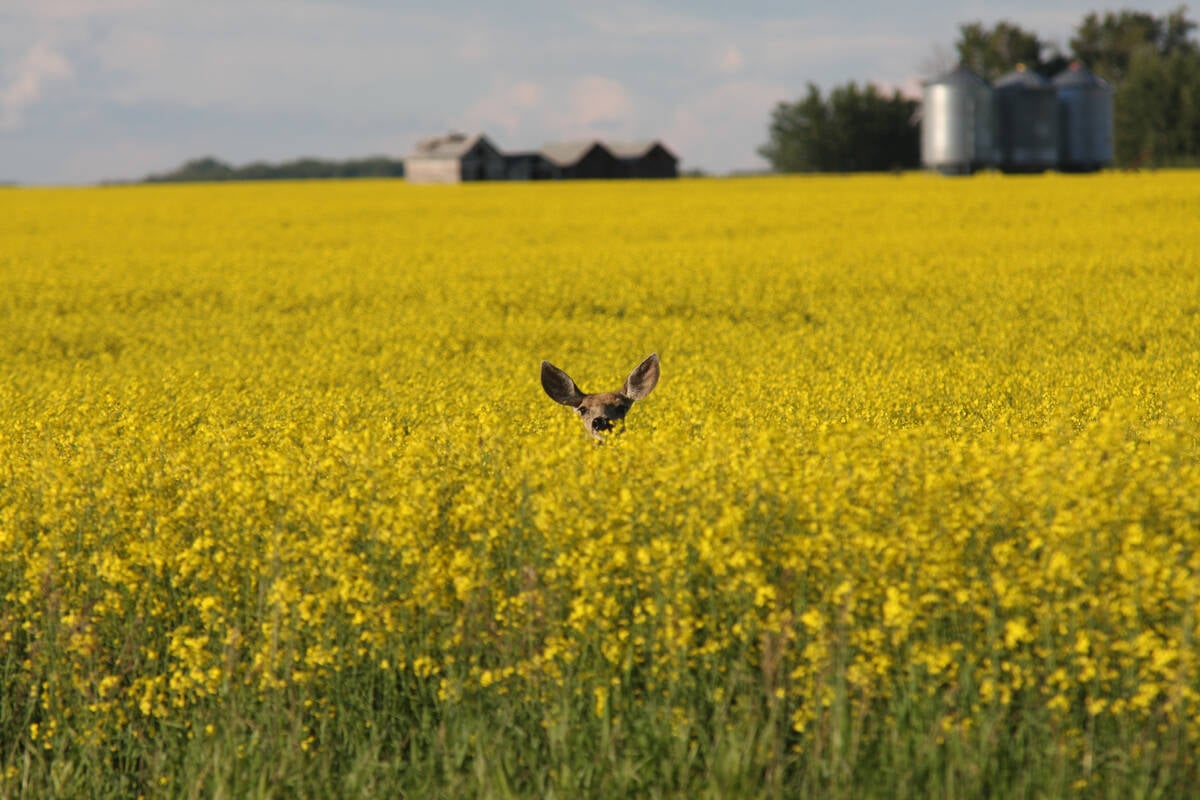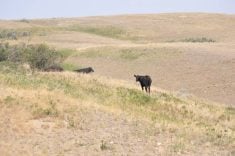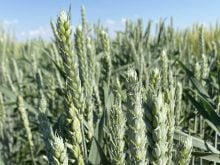There is relief in sight for producers worried about buckling under heavy input costs this spring.
It might not be enough to offset low wheat prices, but one farmer committee says producers should not be paying more for fertilizer or fuel this year.
“It’s bright in the fact that the trends seem to be the same and maybe a little lower,” said Lorne Henry, a Portage la Prairie. Man. farmer who sits on the inputs committee of Keystone Agricultural Producers.
“I don’t think we’re going to shake the world with a big reduction, but at least it is on the right side of the ledger.”
Read Also

Drones now used to assess wildlife crop damage in Saskatchewan
Wildlife damage in Saskatchewan crops is now assessed by drones and artificial intelligence.
Of the four main fertilizers, farmers can expect stable prices in nitrogen and phosphate, Henry said. Potash and sulfur could both rise 10 percent but that shouldn’t cause a drastic change to overall costs since they are not as heavily used.
“There will be a little change in potash, which comes out of Saskatchewan, but for most farmers it would hardly be worth buying it ahead of time.”
Phosphate may be up by three or four percent “but it’s produced out of Florida so that’s just because of the low Canadian dollar,” Henry said.
“Nitrogen is also up a bit from last fall but should hold still.”
The news is backed by an average farm input prices survey compiled by Alberta Agriculture.
It reports the price of a tonne of 46-0-0 fertilizer was $290 in February, compared to $352 the same month last year. The price of 11-51-0 was listed as $410 a tonne versus $442 in February 1997.
A market outlook by Cargill Fertilizer says weak Asian demand for nitrogen has softened the world market.
China, the world’s biggest buyer of urea, will likely import less than half of the 3.4 million tonnes it bought in 1997. Thailand and the Philippines will also scale back demand because of the fall in their currencies.
The New Orleans price for urea has slumped from above $200 a tonne (U.S.) in 1997, to less than $125 a tonne in 1998.
Overall, the outlook is fairly good, Henry said.
“We’re looking at relatively stable prices, I’d say. There’s always a little incentive in fall and a little higher in spring but it probably wouldn’t have been worth you buying way ahead and putting your money out for it,” Henry said.
“It’s always good news when something isn’t going up, because I don’t think the same will be true for chemicals.”
According to Statistics Canada figures, Western Canadian farmers spent $1.48 billion on fertilizer in 1997, almost double what they spent in 1987, $782.65 million. In 1997 there were 3.8 million tonnes of fertilizer sold, compared to 2.38 million in 1987.
Fuel prices should be stable, or even down a bit.
“Crude is down around $15 so there’s room for them to bring prices down,” Henry said, adding fuel prices don’t seem to be dropping as much as they should, but at least they aren’t moving up.
“If they ease up on Iraq and let them ship some out, that puts more pressure on the supply,” said Henry.
The Alberta Agriculture survey put diesel fuel at $31.56 for 100 litres compared to $33.19 in February 1997, including the provincial rebate.
Purple gasoline was listed at $42.70 per 100 litres, compared to $44.73 last year.
With the prospect of world oil oversupply continuing, due in part to the United Nations’ expansion of Iraq’s oil-for-food quota, the price will likely fall lower, analysts said.
Crude oil futures prices have lost one-third of their value since October on the New York Mercantile Exchange, according to a Reuters News Agency report.














